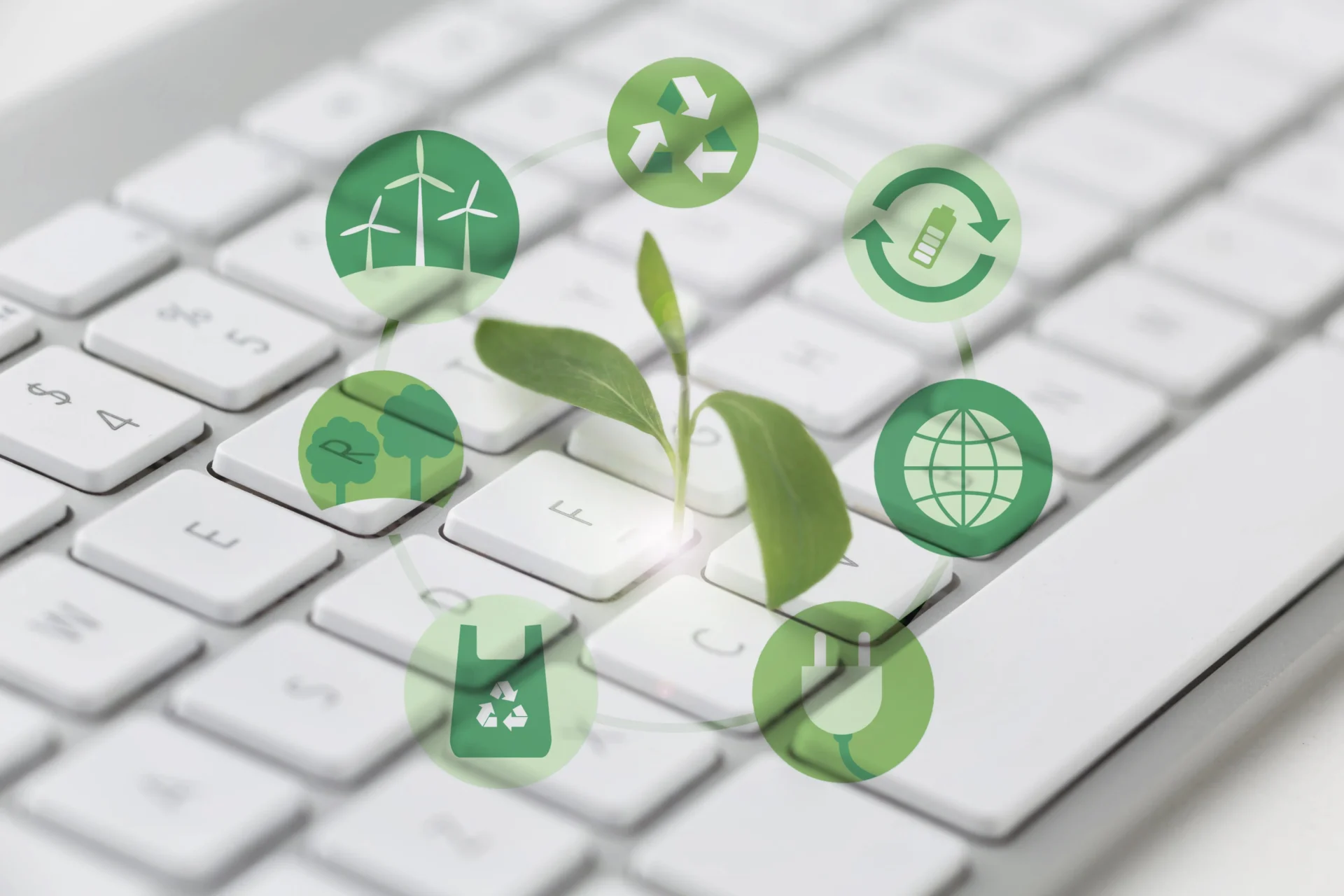Navigating Net Zero: A Comprehensive Guide to Sustainable Web Services
Imagine a world where our digital lives are powered without leaving a carbon footprint. This vision is becoming a reality as the tech industry races towards net-zero emissions, aiming to neutralize their carbon output by 2050. This goal isn’t just a corporate buzzword—it’s a critical step toward sustainable living in a rapidly warming world.
Background and Context
The concept of “Net Zero” refers to achieving a balance between the greenhouse gases emitted into the atmosphere and those removed from it. For the tech sector, this means redesigning infrastructure, optimizing energy consumption, and innovating beyond traditional practices to embrace renewable energy sources. It’s a journey filled with challenges but also significant opportunities.
The Role of Web Services in Achieving Net Zero
Leading companies like Amazon Web Services (AWS) and Google are at the forefront of this movement. AWS has committed to powering its operations with 100% renewable energy by 2025, a goal it achieved in 2023, seven years ahead of schedule. Their investments in renewable energy and innovations like the energy-efficient Graviton processors demonstrate that sustainability can drive business growth.
Google, on the other hand, is focused on reducing its data centers’ carbon footprint by employing cutting-edge technologies such as AI for energy management and using sustainable materials in construction.
Challenges in Achieving Net Zero
Despite the progress, several challenges remain. Many companies struggle with the high initial costs of transitioning to renewable energy and the technological barriers in optimizing existing infrastructure. A survey revealed that 70% of US companies cited lack of affordable technology and regulatory support as significant barriers to achieving net-zero targets.
However, companies are finding innovative solutions to these challenges. For instance, by enhancing operational efficiency and integrating sustainable practices, businesses can offset costs while benefiting from reduced emissions.
Strategies for Transition
The Science Based Targets initiative (SBTi) provides a framework for companies to set and achieve net-zero goals. Following these guidelines ensures that organizations are transparent and accountable in their sustainability efforts. Companies like Google and AWS not only adhere to these standards but also pioneer new ways to cut emissions, like using AI to optimize energy use and developing more efficient data centers.
The Future of Net Zero Web Services
As we look to the future, the potential for innovation in web services is vast. With continued advancements in renewable energy and digital technologies, the tech industry is poised to lead the way in global sustainability efforts. Imagine a world where every data transaction is carbon-neutral, a future within reach as more companies commit to net-zero goals.
As individuals and businesses, we have the power to drive this change. Whether it’s choosing a sustainable web host or advocating for greener policies, every action counts. As the saying goes, “The journey of a thousand miles begins with a single step.” Let’s take that step towards a sustainable future together.

